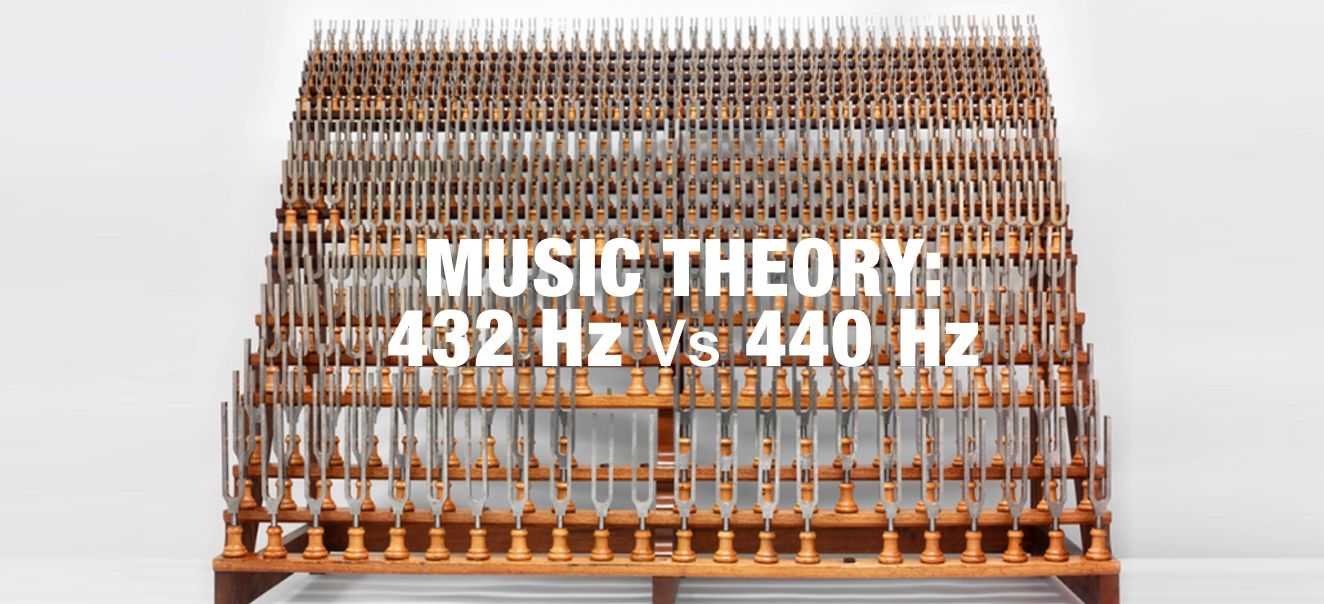An interesting article:

I know not all believe this, here are some 10 facts against it:

Are you familiar with this 432Hz tuning? And what is your opinion?

Music Theory: Exploring The 432Hz Tuning Debate
Most of the world now uses 440Hz as the standard pitch tuning. However, this has been a relatively recent standard, and 432 Hz is making a comeback. Lynda Arnol
ask.audio
I know not all believe this, here are some 10 facts against it:

Music Theory: 432 Hz - Separating Fact From Fiction
In exploring the 432 Hz debate at Ask.Audio, we soon realised this topic wasn't going to be resolved in one article. Here Assaf Dar Sagol explores the fact and
ask.audio
Are you familiar with this 432Hz tuning? And what is your opinion?

